Can Hardwood Floors Be Removed And Reused?
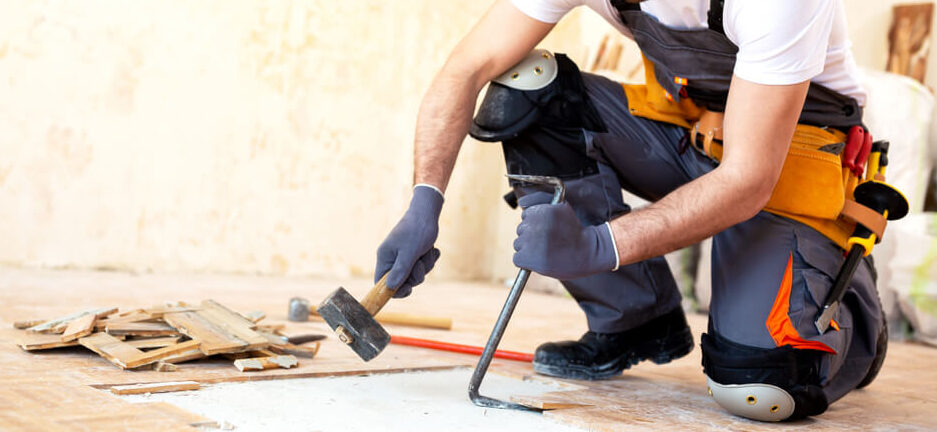
Who doesn’t want the beauty and glam that hardwood floors add to a home? Obviously, every homeowner wants. But the problem that arises here is the heavy budget required for it. Being hardwood flooring experts, we suggest recycling old hardwood floors in such situations.
Hardwood floors can be removed and Reused if handled and pulled out carefully. These are extremely durable and environment-friendly floors that may last hundreds of years. You can use them elsewhere in your home or for any creative projects.
This article will teach you the perfect way to remove hardwood floors without any damage, its practical tips and some important queries regarding hardwood floors removal.
Let’s dig into it,
Is It Possible To Remove & Reinstall Hardwood Floors
Wood is one of the durable materials that can be reused in multiple ways. According to a report by the US Environment Protection Agency (EPA), about 12.2 million tons of wood were wanted in 2018. This huge amount of waste can be prevented by recycling wooden floors.
Most people ask, “Can hardwood floors be removed and reused?” The answer is, “Definitely Yes”. You can repurpose hardwood floors by pulling them off carefully without any damage. Recycling them would be an environmentally-friendly option.
Utilizing old hardwood floors will save you money, give an aesthetic appearance and increase your home’s value.
Things To Consider When Pulling Out Hardwood Floors
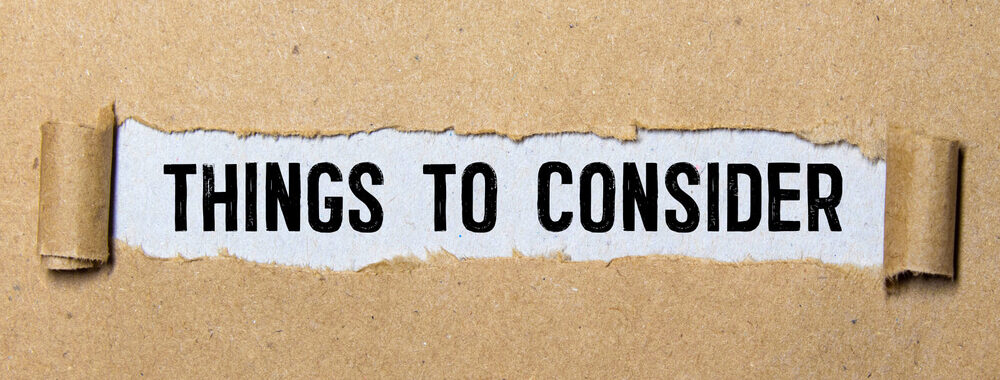
Remember, every floor cannot be recycled. You must consider some important points while removing your floors for another use. Let’s have a look at these attention-seeking factors of the wooden floors;
- Analyze if your wooden boards are broken or not. Planks that are longer than 6ft are preferred for recycling.
- The wooden floor should be thick enough. Its groove should have a thickness of at least ⅛ inches. Sanded wood is slightly hard to reuse.
- Check your floors to see if they have any holes or cracks. That might be a home of some wooden pests or termites.
- Analyze if the floors are properly glued or nailed or not.
How To Remove Hardwood Floors Without Damage
Once you have fully investigated the hardwood floors and finalized them for repurposing, follow the right measures to remove the hardwood floors without any damage. Let’s have a look at a step-by-step guide and some helpful tips for easy floors removal;
- Analyze your floors, look for damage, and select an area to pull out.
- Gather all the tools, instruments and safety gadgets required for the process. Tools used for the hardwood floors include;
- A pry bar for prying out wooden boards
- Hammer to hit pry bar or any other thing
- Trim puller
- Tape
- Circular saw
- Saw blade
- Mallet
- Painter’s tool
- Locking pliers
- Nail Claw to cut off the staples
- Tarp
- Curved Vice Grips to pull out staples and nails
- Safety Glasses and Mask for protection from dust
- Padded gloves and knee pads
- A pair of good sturdy shoes.
- Declutter the space. Remove all the furniture from the room. This will make the whole process easier. If this is impossible or you want to remove a section of hardwood floors, cover everything in your room with a tarp. This will protect them from dust.
- Before using tools directly on the floors, wake up your floors by prying them out. This will protect your floors from bending or twisting on direct removal. To remove the glued hardwood floors, pry the wooden boards thoroughly and detach them from the lower surface.
- Detach the trims of your floor from the wall. You can use different tools like a painter’s tool, flathead screwdriver, utility knife, and trim puller to separate the board and wall. Among all of them, the trim puller works the best.
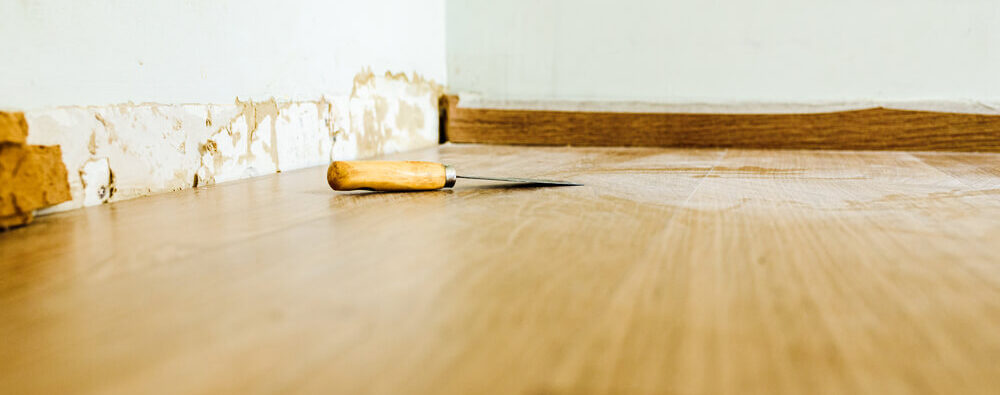
- Put a trim puller on the upper edge, hit with a hammer, and insert it behind the baseboard. Continue this after every 8-10 inches to pry the complete board from the wall. This will help in the clean removal of the baseboards without paint buildup, caulk, or filler.
- Divide the room’s floor into small sections by sectioning them with tape.
- Cut the edges of the floor by using a circular saw. This will separate the floor from the walls and help you easily detach.
- Take a pry bar, adjust it perpendicular to the planks, and whack it with a sledgehammer to insert it under the floorboards. Start it from the side with an exposed tongue. Once the pry bar is adjusted, lift it upward until the boards are removed.
- To recycle the hardwood floors, make sure you pull out two or three boards at once. Removing them individually may break the boards, which cannot be used later. However, if they still fit in size, you need to cut and create a groove in them for perfect installation.
- Carefully withdraw all the nails by using a nail claw. Insert the nail claw below the staples and cut them. If there are any stubborn nails, use Multi max with metal blades to cut them off easily. You can also use a nipper or hammer to pull nails out through the backside.
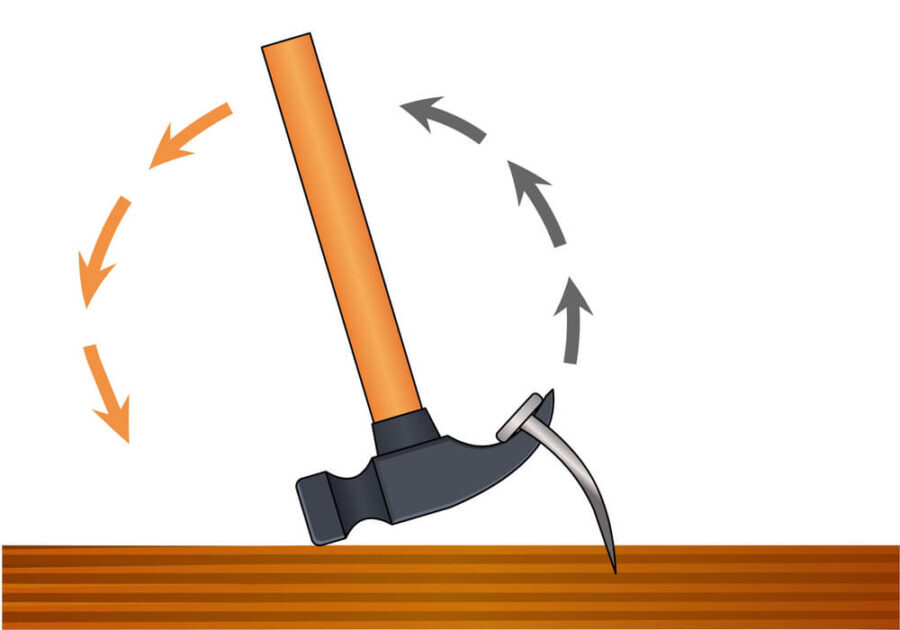
- For staples, use a right-angle grinder to grind the staples while being in their place.
- Complete the process by cleaning the boards. Sweep and vacuum the hardwood floors. Fill the holes with a filler, and clear all debris. Small particles of nails or other metal may be left during the cutting process. You can collect them with a magnet.
- Once you get the clean wooden board, sand it and give them a fresh paint coat for reuse.
Challenges That Come With Reusing Hardwood Floors
Reusing hardwood floors may come with some challenges that are not deal breakers. Here are some of them;
- The hardwood floor, which was previously exposed to the sun, may show some color variation. Different species of the wood show different changes. Some get lighter in color, and some turn dark in shade. You can use these boards at intervals to create a good mix of colors on a new floor.
- If the floor was humid, it must have absorbed the moisture and swollen in size. Such floors are prone to early decay and are not preferred for recycling.
- Hardwood floors are often sanded for a perfect finish, reducing the wood’s thickness. Remember, a very thin floor must be removed. The wood that needs to be repurposed must have at least ⅛ inches thick grooves.
FAQs
1. Can I Sell My Hardwood Floors
Yes, hardwood floors can be sold if removed undamaged. People love to buy old hardwood floors for better aesthetics and good prices. You can ask any nearest floor seller to see and purchase your floors. Or you can sell them online at Craigslist, eBay and Facebook groups.
2. Is It Hard To Remove Hardwood Flooring?
Hardwood floor removal and reinstallation is considered one of the hardest, most tedious, and time-consuming home remodeling tasks. Floors which are both glued and nailed are extremely hard to unfasten. However, prying properly and removing them in sections will help remove the hardwood floors easily.
3. Is It Possible To Salvage Hardwood Floors?
Yes, Hardwood floors can be salvaged if handled carefully. These floors may have color change issues due to environmental conditions, holes due to termites, pest infusion, or any other cause of squeak. A skilled professional can solve every problem, and hardwood floors can be salvaged and restored.
4. How Many Times Can I Redo My Hardwood Floors?
Refinishing hardwood floors depends on their maintenance. Hardwood floors can be redone ten times due to their thickness. A properly refinished and well-maintained wooden floor may last 20-30 years and even longer.
4. How Much Does It Cost To Remove Hardwood Floors?
The average price of removing hardwood floors per square foot ranges from 1$-3$ depending on its condition and workload. It may vary significantly with material, labor, and some other factors.
How Long Does It Take To Remove Hardwood Floors?
It takes one to three days to refinish an old hardwood floor of approximately 750-1000 sq. ft. Usually, 2 professionals can complete it in an assigned time. Removing old floors and checking the subfloors takes the most time throughout the entire process.
The Bottom Line
Hardwood floors can be removed and reused if uninstalled carefully without any damage. Pry them out in huge sections so they don’t break during removal. Look for the damage, clean them, and they are ready for repurposing. Recycling wooden floors is not only an eco-friendly & aesthetic process but also saves you money.
—————————————————————————-
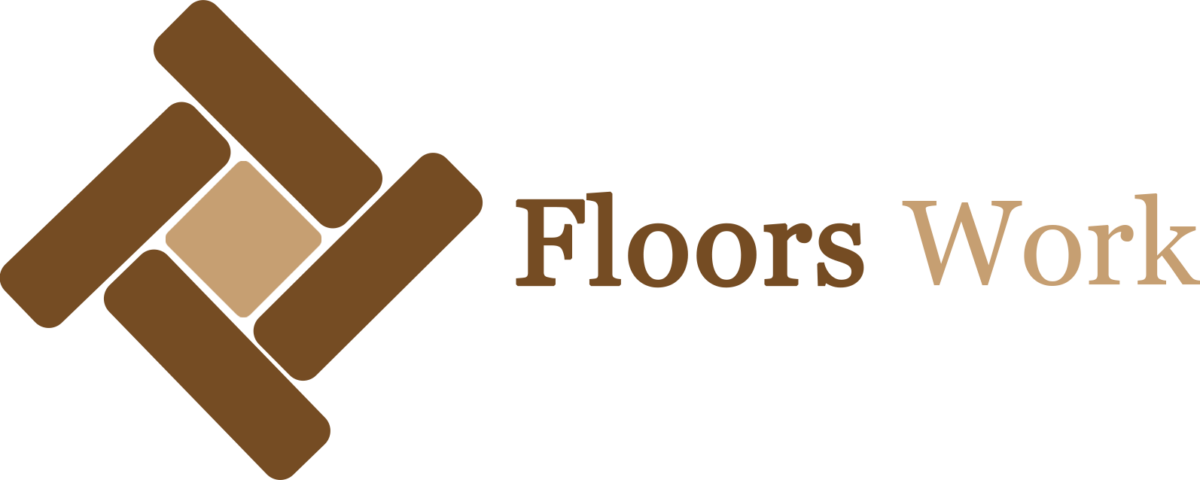


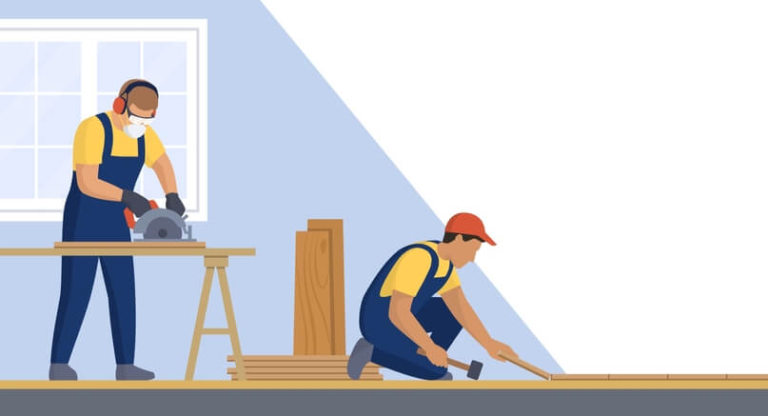
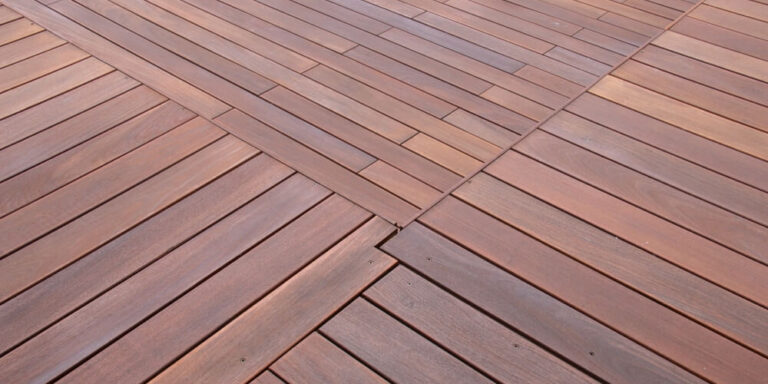
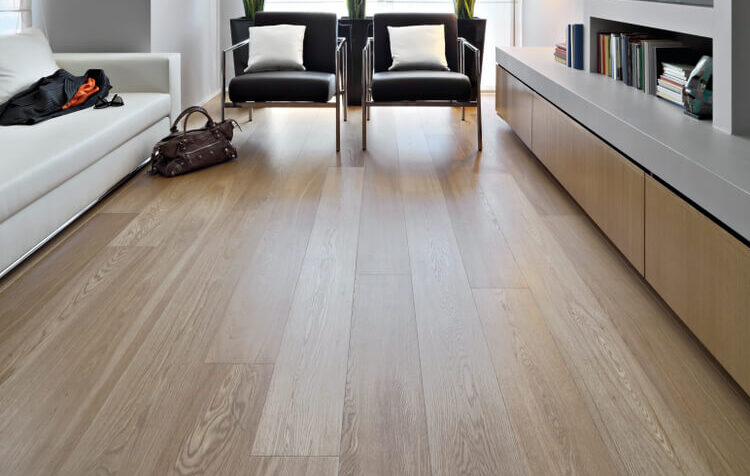


One Comment